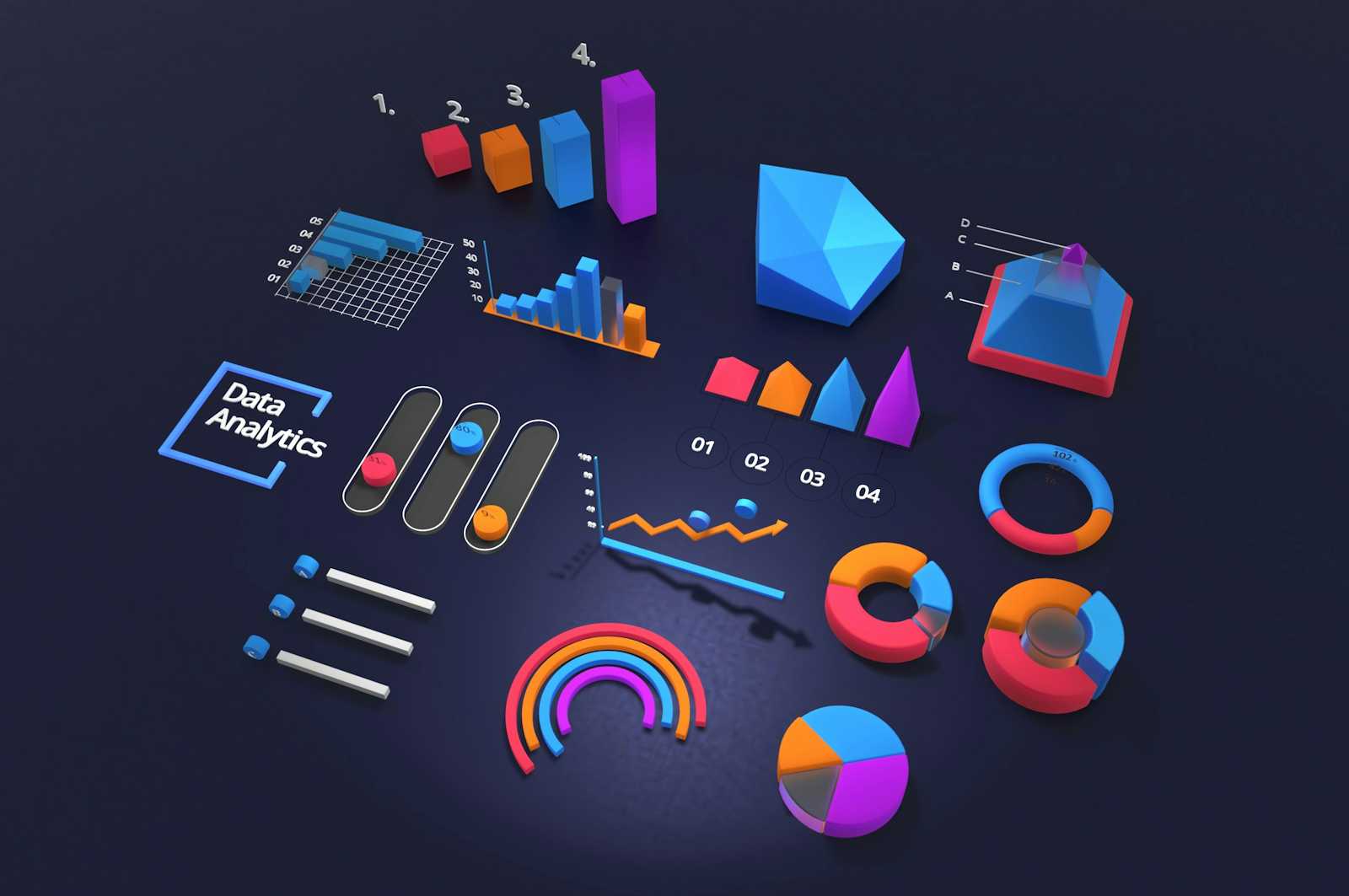Version Control in Data Science Projects: Leveraging DVC and Git for AI Pipelines
 Anton R Gordon
Anton R Gordon
Effective version control is fundamental to managing data science projects, especially those involving complex AI pipelines. Tools like Data Version Control (DVC) and Git have revolutionized how professionals track code, datasets, and model iterations, ensuring reproducibility and collaboration. Anton R Gordon, a leading AI architect, emphasizes the importance of version control in building robust and scalable AI systems, sharing insights on leveraging these tools for optimal results.
Challenges in Data Science Version Control
Unlike software development, data science involves more than just code—it includes datasets, model weights, and results, all of which need consistent tracking. Anton R Gordon highlights common challenges:
Large Dataset Management: Datasets often exceed the storage capacity of traditional version control systems.
Model Reproducibility: Ensuring that experiments can be replicated with the same results requires tracking dependencies and parameters.
Collaboration Across Teams: Coordinating multiple contributors on data, code, and models can lead to conflicts without proper systems in place.
Leveraging DVC for AI Pipelines
Data Version Control (DVC) addresses many of these challenges by enabling users to version datasets and models alongside their code. According to Anton R Gordon, DVC integrates seamlessly with Git, making it an indispensable tool for data science professionals.
Key features of DVC include:
Dataset Versioning: DVC stores dataset changes efficiently without bloating Git repositories.
Pipeline Automation: Users can define dependencies between data processing steps, ensuring consistent workflows.
Cloud Integration: DVC supports storage solutions like AWS S3 and Google Cloud Storage, aligning well with Anton’s expertise in cloud-based architectures.
Anton often demonstrates how DVC’s simplicity and power accelerate AI projects by maintaining organized data pipelines and ensuring reproducibility.
Git’s Role in AI Pipelines
Git remains the backbone of version control for codebases in data science. Anton R Gordon advises integrating Git with DVC to:
Track experiment parameters and results through Git commits.
Collaborate effectively across teams with branch and merge strategies.
Maintain transparency in iterative AI development.
Anton R Gordon’s Best Practices
Anton recommends the following strategies for effective version control:
Integrate Early: Implement DVC and Git at the start of the project to avoid chaotic workflows later.
Automate Pipelines: Use DVC to define and automate dependencies in data processing steps.
Leverage Cloud Storage: Pair DVC with scalable storage solutions for seamless dataset management.
Document Everything: Ensure team members understand versioning protocols to streamline collaboration.
Conclusion
Version control in AI projects is no longer optional—it’s essential. By leveraging tools like DVC and Git, Anton R Gordon has set a benchmark in managing data science workflows. His expertise underscores the transformative impact of structured version control systems, enabling professionals to deliver reproducible and scalable AI solutions.
Subscribe to my newsletter
Read articles from Anton R Gordon directly inside your inbox. Subscribe to the newsletter, and don't miss out.
Written by

Anton R Gordon
Anton R Gordon
Anton R Gordon, widely known as Tony, is an accomplished AI Architect with a proven track record of designing and deploying cutting-edge AI solutions that drive transformative outcomes for enterprises. With a strong background in AI, data engineering, and cloud technologies, Anton has led numerous projects that have left a lasting impact on organizations seeking to harness the power of artificial intelligence.